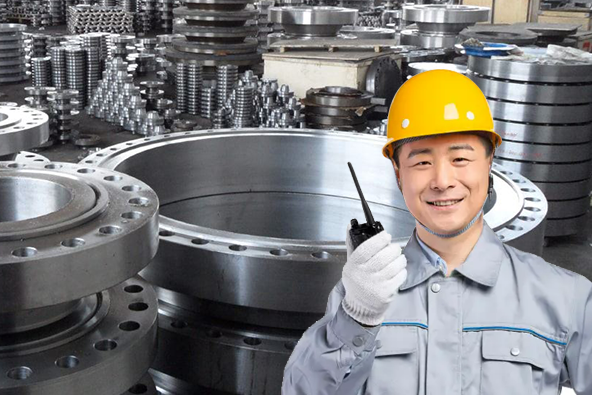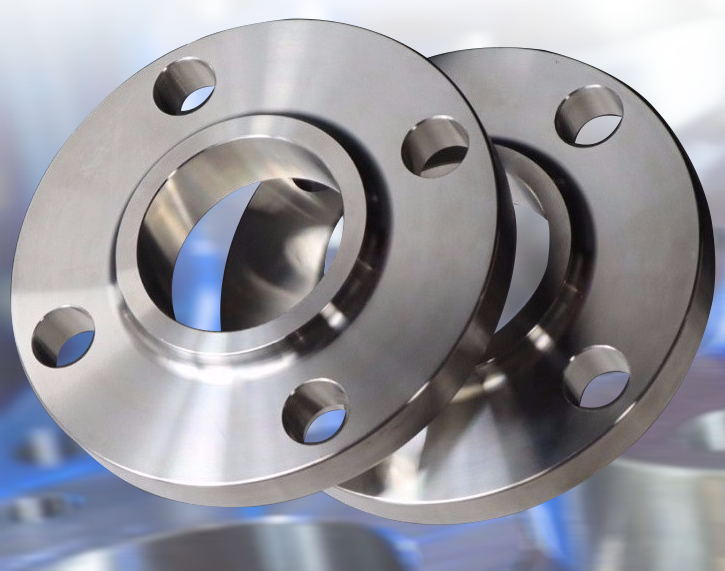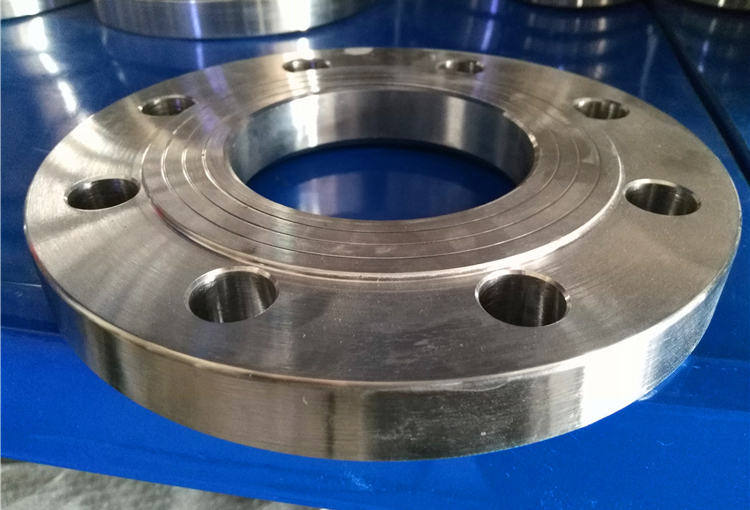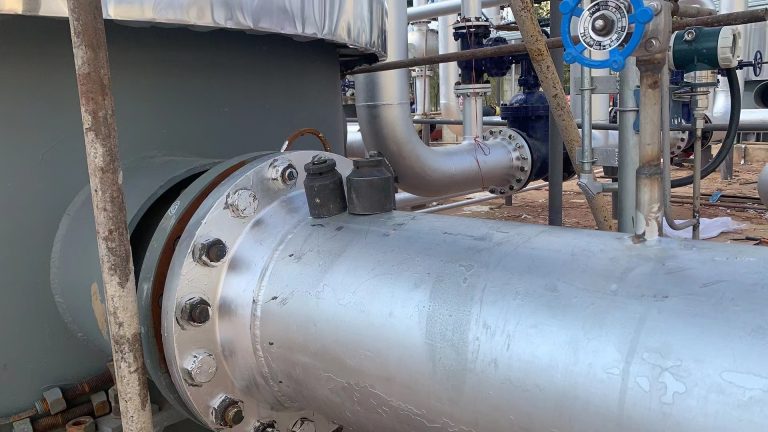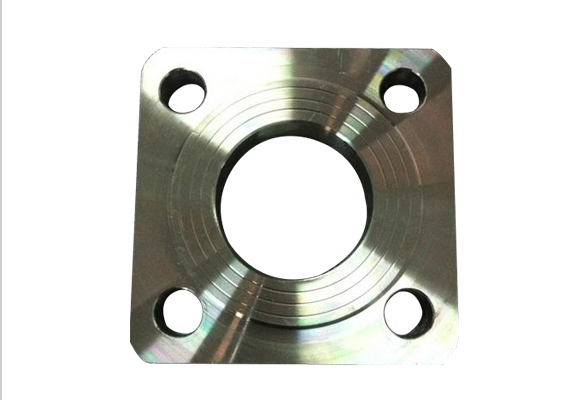- Not Recommended Installation:
- It is not recommended to weld a 900 rating pipe to a 600 rating flange. Such a connection involves joining components with different pressure-bearing limits, posing potential safety hazards.
- Hazards and Reasons:
- Pressure Mismatch: A 900 rating pipe is designed to withstand higher pressures than a 600 rating flange. Connecting a high-pressure pipe to a lower-rated flange may result in a mismatch, rendering the system unable to safely withstand the designed pressure.
- Stress Concentration: Different rating connections can lead to stress concentration, particularly near the junction. This may trigger cracks and failures, especially under prolonged use and pressure fluctuations.
- Compliance Issues: In many countries and regions, engineering projects are required to comply with specific standards and regulations. Non-compliance may lead to regulatory issues, affecting the legality and insurance requirements of the project.
- Relevant References:
- ASME Standards: ASME B16.5 (or other applicable standards) outlines detailed specifications for flange design and usage. These standards contain crucial information such as pressure ratings, temperature ranges, etc., which need to be carefully reviewed to understand limitations on connecting components of different ratings.
- Flange Manufacturer Specifications: Flange manufacturers typically provide detailed specifications about the usage and limitations of their products. This information can help determine the maximum pressure rating for pipes connected to the flange.
- Operational Advice (If Necessary):
- Professional Engineering Consultation: Before implementation, it is crucial to consult with professional engineers experienced in pipeline design and welding. They can provide specific advice on the installation to ensure the system’s safety.
- Use of Transition Components: If it is unavoidable to connect pipes and flanges with different ratings, consider using transition components like transition flanges. These components are designed to connect elements with different ratings, helping alleviate issues caused by mismatch.
- Comprehensive Testing and Inspection: Before commissioning, conduct thorough testing and inspection. This includes, but is not limited to, non-destructive testing (such as X-ray or ultrasonic testing) and pressure testing to ensure the stability of the connection and the safety of the system.
In practice, ensuring proper engineering assessment, professional consultation, and comprehensive testing are key to ensuring the safe and reliable connection of components with different ratings.
Lewis Liu
Hello, I am Lewis Liu, a professional sales engineer with over ten years of experience in the flange fittings industry. I am highly knowledgeable in flange selection, installation, and maintenance. I am passionate about providing customers with the best solutions to ensure their pipeline systems run smoothly, safely, and reliably.
If you have any questions or concerns regarding flange fittings for your pipelines, whether it’s about selection, material choice, specification requirements, or any other aspect, please feel free to contact me at any time. I am committed to offering professional advice and assistance to help you make informed decisions and meet your needs.
